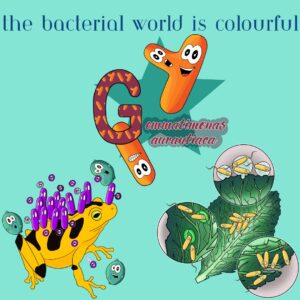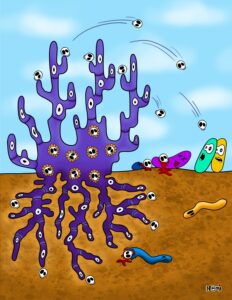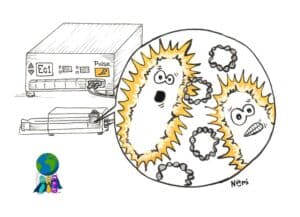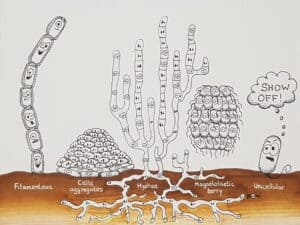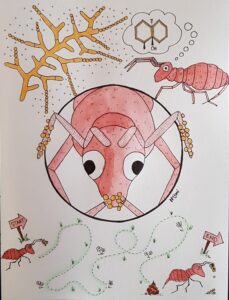
How bacteria create the smells in our world
Bacteria create various smells in our world, from pleasant aromas like freshly baked bread to the less appealing ones like body odour. As bacteria produce volatile organic compounds as part of their metabolism, these contribute to the scents we encounter in our environment, food and even on our bodies. Learn about smelly examples such as the earthy scent of geosmin produced by soil bacteria, the unique aromas in fermented foods and the role of skin bacteria in creating our body odour and smelly feet.

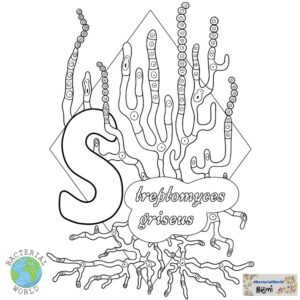 Streptomyces bacteria do not like living alone. Instead, they build long and thin tubes in which they live with their brothers and sisters. As these tubes form complex branches in the soil, they keep the bacteria protected from the outside. By growing the ends of the tubes, the bacteria can move through the soil while staying safe.
Streptomyces bacteria do not like living alone. Instead, they build long and thin tubes in which they live with their brothers and sisters. As these tubes form complex branches in the soil, they keep the bacteria protected from the outside. By growing the ends of the tubes, the bacteria can move through the soil while staying safe.